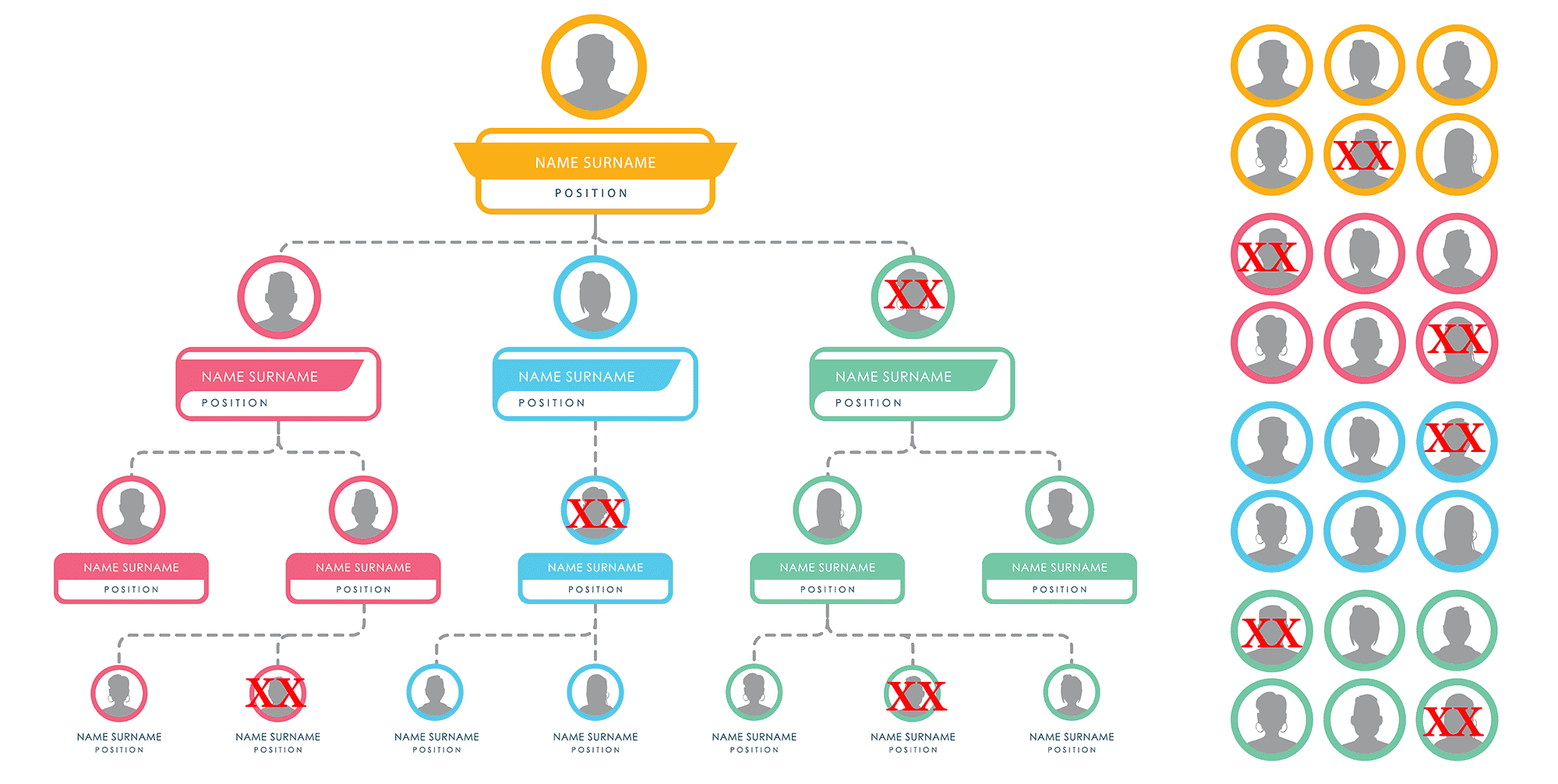
I have been vexed lately by organizations that have failed to have a succession plan for key leadership positions. Why do we do that to ourselves??
Maybe a better question is “why do we keep doing that to ourselves?
It seems to be filed in our playbooks as one of the Lessons Not Learned. And I certainly have no stone to throw at anyone who finds themselves in the all too familiar situation, as I’ve watched two organizations I’m involved with lose individuals – one expectedly and one not – who were more important to our success than we realized.
Apparently, we created single points of failure instead of points of success.
Attrition is a normal part of any organization as key contributors leave for greener pastures and senior leaders slip into retirement. Some we know about ahead of time and others catch us off guard. Whichever the case, changes in leadership at all levels are disruptive.
If we’re prepared for the change, the inevitable disruption is short-lived. If not, the gap in leadership talent can have a catastrophic effect. And I’m not just talking about changes in C-level leaders where we’ve groomed a single heir apparent. Instead of grooming more single points of failure, good succession planning focuses on developing a pool of talent with the desirable skills and experiences to fill either specific or a broader range of roles.
Sound simple I know, but I acknowledge it’s not often easy. Identifying “high potentials” is difficult in most organizations because we’re not intentional about openly discussing people with the potential to become more senior leaders. Heaven forbid we develop someone who then replaces us before we’re ready (even though I’ve never seen that happen).
We’re also often caught off guard by departures which is usually indicative of not being as in tune with or aware of our team members intentions or retirement planning. Most of the time, that’s on us.
To make matters harder, we have senior leaders in the organization who are loathe to cause a domino effect by moving internal talent (who has to be replaced, which leaves a vacancy that has to be filled, etc.) and defaults to recruiting external talent. This, too, is disruptive and tends to frustrate the individuals who think they’re ready for the promotion and who will start looking for another job.

Then who did his function revert to? His boss, of course, and we can imagine how that turned out.
Two pieces of free advice (physician, heal thyself?): Stop the lip service about succession planning, and start being intentional about growing talented individuals to take on greater responsibility in the organization.
So, where do we start? How about the current and projected organization chart?
Have we forecasted prolonged absences? Are we planning to add another team to handle growth or downsizing to respond to market changes? Are we even thinking about who’s going to replace those we know are going to retire?
Then:
- Make talent identification a regular part of conversations between senior leadership and boards of directors. We just don’t do that enough. The C-level needs to lead the way!
- Decide on the skills we need to lead the company through current (and I dare say, future?) challenges to the organization. Do we even do that once a year when we half-heartedly participate in strategic planning efforts? Again, those skill gaps need to be a more regular topic of discussion.
- Organizations that take it seriously will then assess and develop their identified talent to close the skills gap critical for the continued success of the company. This can go a long way to motivating and retaining our future leaders which, in turn, reinforces our corporate culture.
In my experience, both in the military and corporate worlds, we don’t do effective succession planning because it’s hard. No, we don’t do it because we’re too focused on the day-to-day performance of those who work for us.
We can admire the organizations that make leadership transition look seamless, and shake our heads empathetically at those who suffer through it, but what are we doing to make sure the disruption isn’t detrimental to our own company?
What’s it going to take before we do something about our lack of succession planning?
It’s up to you, leaders.

